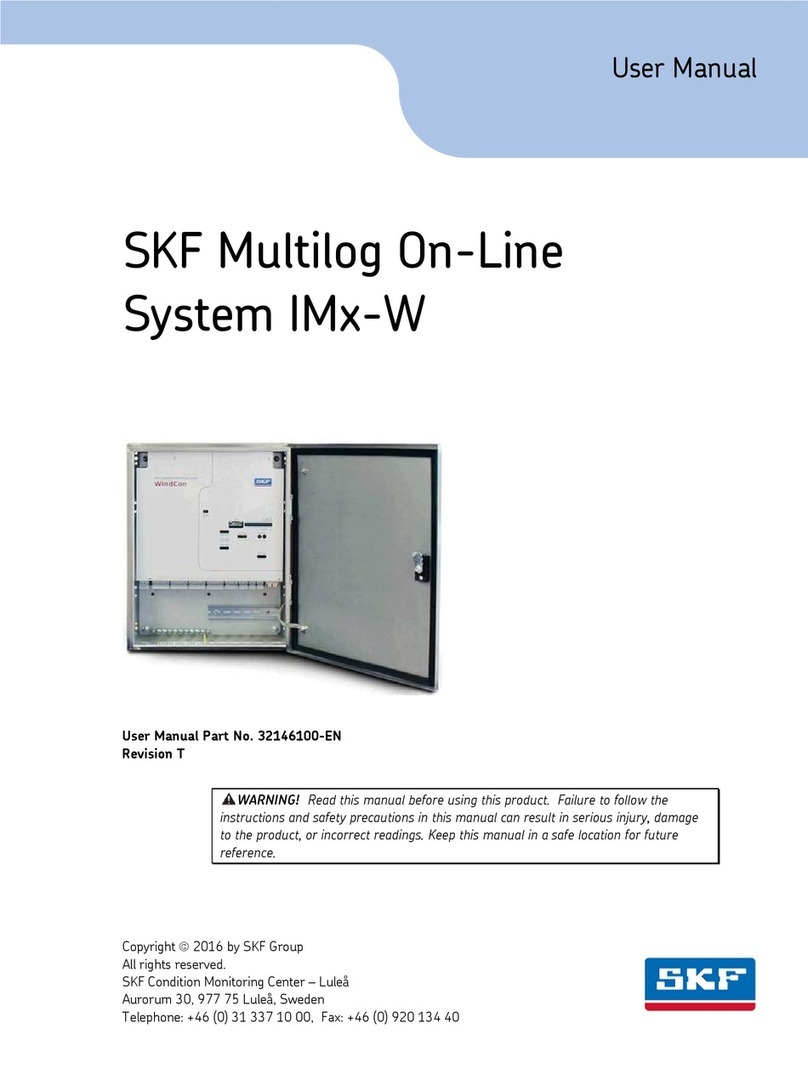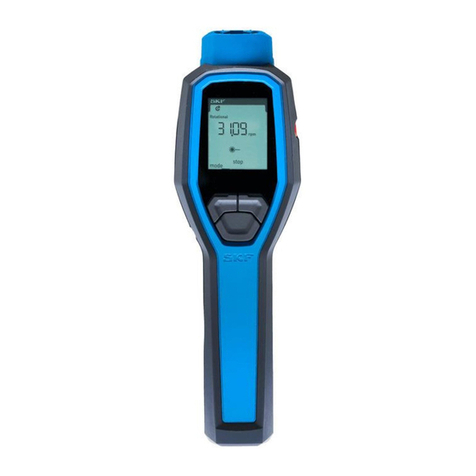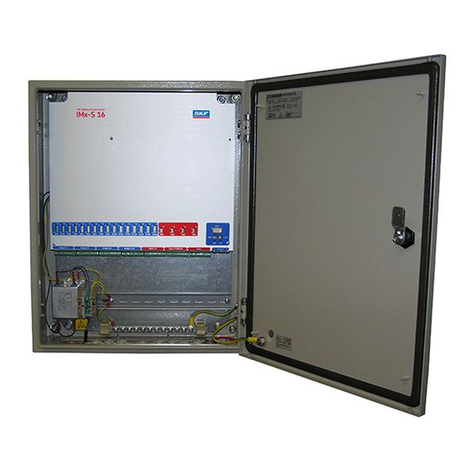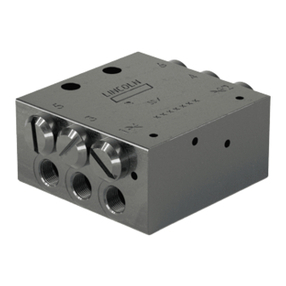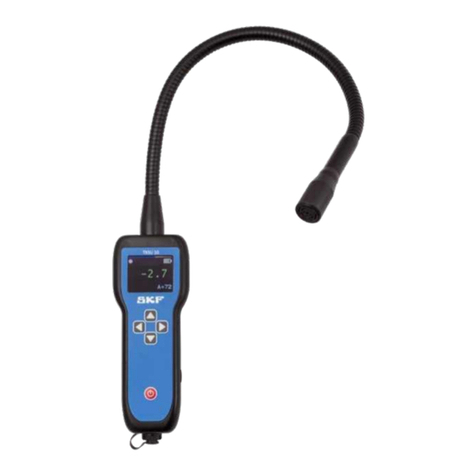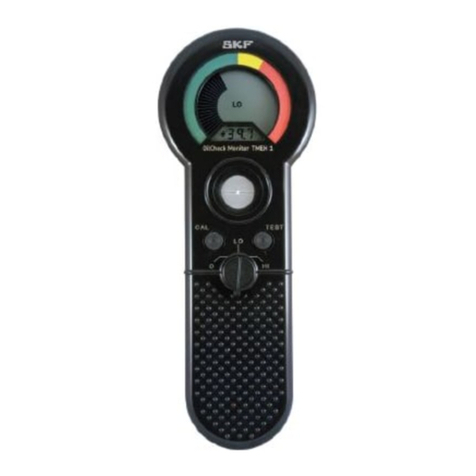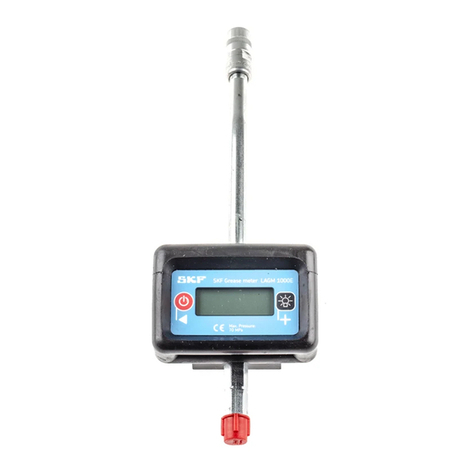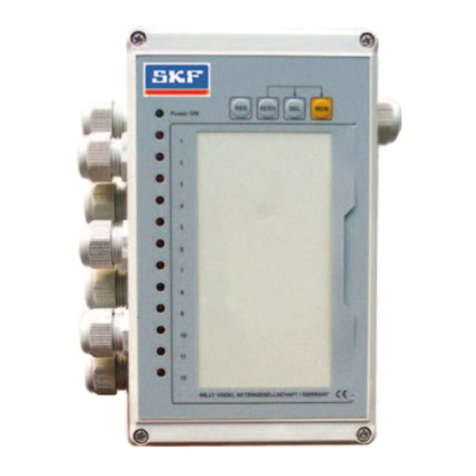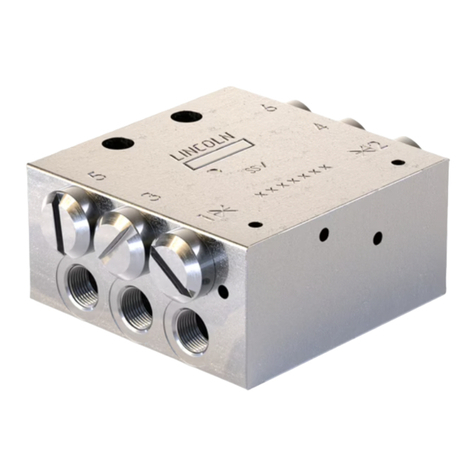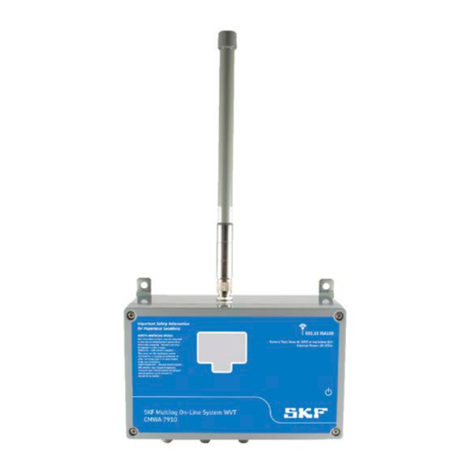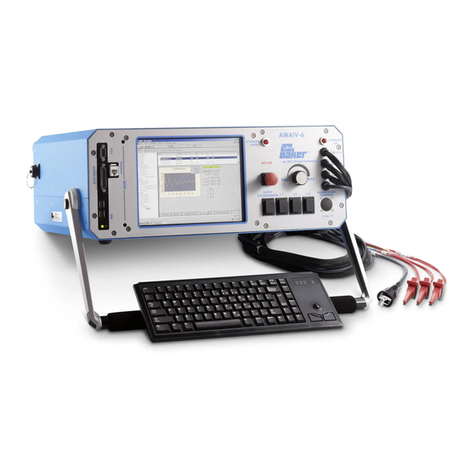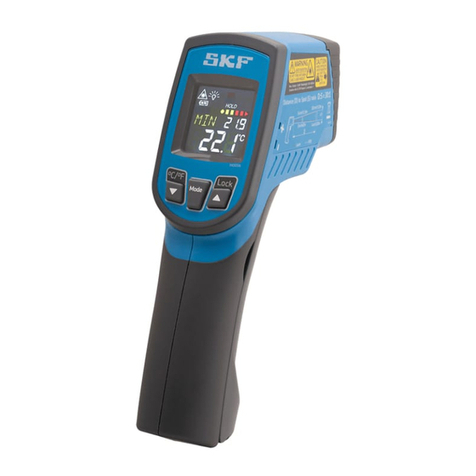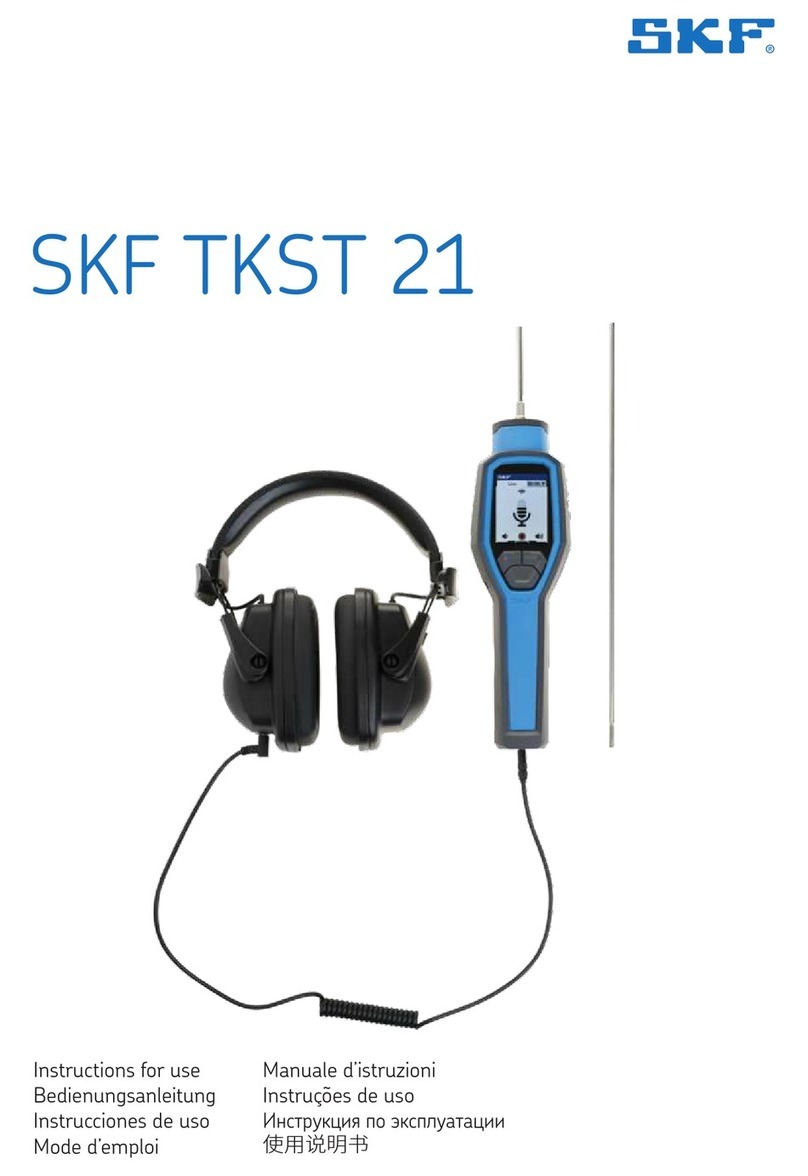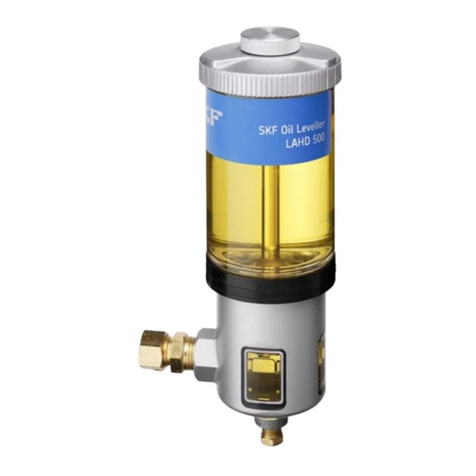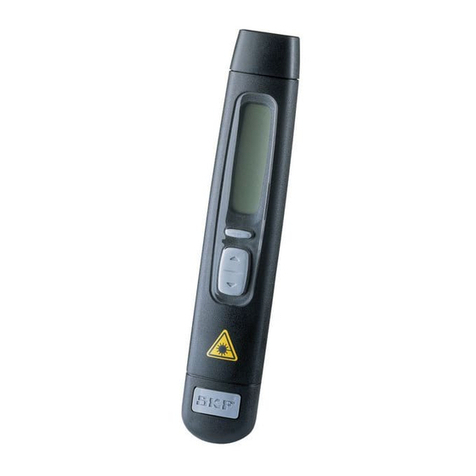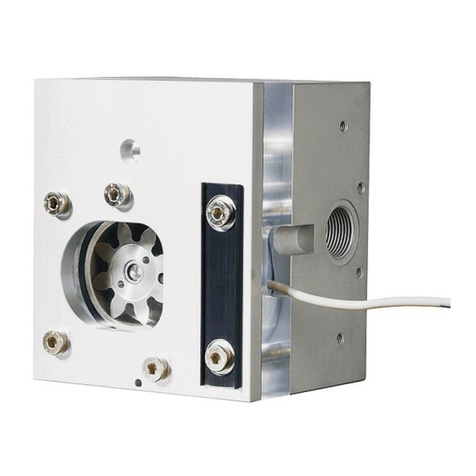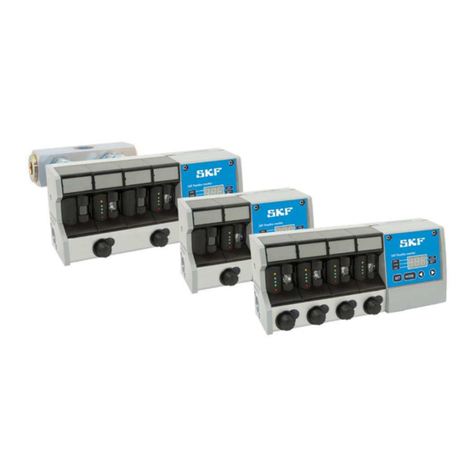
commissioned by SKF or its authorized service
representative, whichever period ends first.
Criteria 1.
Devices used with a Multilog On-line System
(IMx), Multilog Condition Monitoring Unit (CMU),
Multilog Local Monitoring Unit (LMU), including,
but not limited to, the sensing device, the
interconnect cabling, junction boxes, if any, and
the communications interface, must consist only
of SKF-supplied or SKF-approved devices
and/or components. The computer provided by
Buyer must meet the requirements stipulated
by SKF.
Criteria 2.
SKF or its authorized service representative has
installed the On-line System or has audited the
installation and commissioned the On-line
System.
“On-line Systems” are defined as systems
consisting of Multilog On-line System (IMx),
Multilog Condition Monitoring Unit(s) (CMU),
Multilog Local Monitoring Unit(s) (LMU), and any
sensing or input devices, the interconnect
cabling between the sensing or input devices
and the Multilog On-line System (IMx), Multilog
Condition Monitoring Unit(s) (CMU), Multilog
Local Monitoring Unit(s) (LMU), and the cabling
between the Multilog On-line System (IMx),
Multilog Condition Monitoring Unit (CMU),
Multilog Local Monitoring Unit (LMU) and the
proprietary SKF communications interface with
the host computer.
FIVE-YEAR WARRANTY
Products warranted for five (5) years by SKF are
as follows: all standard seismic sensors
(accelerometers and velocity transducers).
OTHER SKF PRODUCTS
Any SKF product supplied hereunder but not
covered by this limited warranty shall be either
covered by the applicable SKF limited warranty
then in place for such product or, if no such
warranty exists, shall be covered by the 90-day
warranty stated above.
THIRD PARTY PRODUCT WARRANTIES
For any third party products sold to Buyer by
SKF, SKF will transfer to Buyer any warranties
made by the applicable third party product
vendor to the extent such warranties are
transferable.
CONDITIONS
As a condition to SKF’s warranty obligations
hereunder and if requested or authorized in
writing by SKF, Buyer shall forward to SKF any
Product claimed by Buyer as being defective.
Buyer shall prepay all transportation charges to
SKF’s factory or authorized service center. SKF
will bear the cost of shipping any replacement
Products to Buyer. Buyer agrees to pay SKF’s
invoice for the then-current price of any
replacement Product furnished to Buyer by
SKF, if the Product that was replaced is later
determined by SKF to conform to this limited
warranty.
SKF shall not be obligated under this limited
warranty or otherwise for normal wear and tear
or for any Product which, following shipment
and any installation by SKF (if required by the
contract with the Buyer), has, in SKF’s sole
judgment, been subjected to accident, abuse,
misapplication, improper mounting or
remounting, improper lubrication, improper
repair or alteration, or maintenance, neglect,
excessive operating conditions or for defects
caused by or attributable to the Buyer, including
without limitation Buyer’s failure to comply with
any written instructions provided to Buyer by
SKF.
SKF shall be free to conduct such tests,
investigations and analysis of the Products
returned to SKF, as it deems reasonable and
proper in the exercise of its sole judgment. As a
further condition to SKF’s obligations
hereunder, Buyer shall offer its reasonable
cooperation to SKF in the course of SKF’s
review of any warranty claim, including, by way













